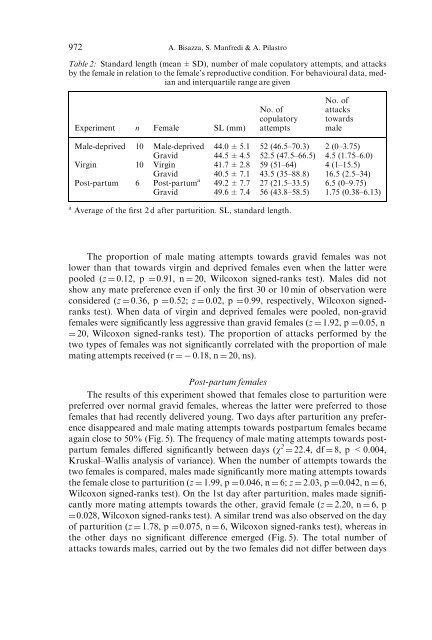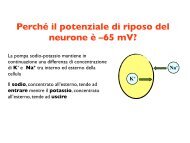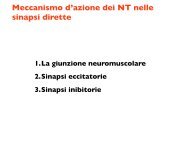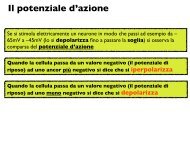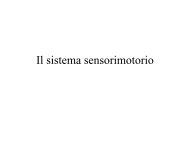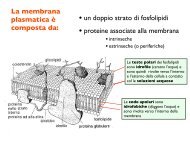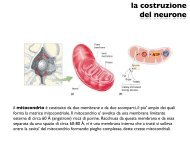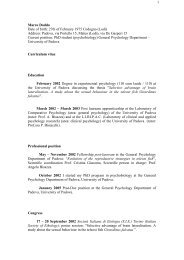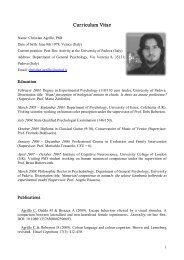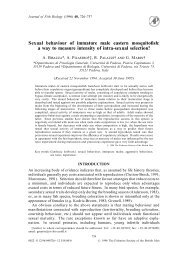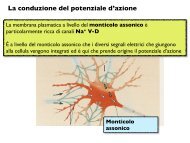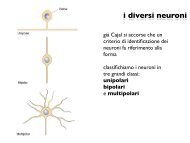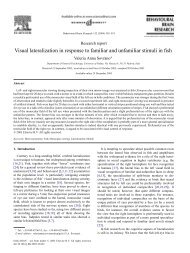Sexual Competition, Coercive Mating and Mate Assessment ... - CPRG
Sexual Competition, Coercive Mating and Mate Assessment ... - CPRG
Sexual Competition, Coercive Mating and Mate Assessment ... - CPRG
Create successful ePaper yourself
Turn your PDF publications into a flip-book with our unique Google optimized e-Paper software.
972 A. Bisazza, S. Manfredi & A. PilastroTable 2: St<strong>and</strong>ard length (mean ‹ SD), number of male copulatory attempts, <strong>and</strong> attacksby the female in relation to the female's reproductive condition. For behavioural data, median<strong>and</strong> interquartile range are givenExperiment n Female SL (mm)No. ofcopulatoryattemptsNo. ofattackstowardsmaleMale-deprived 10 Male-deprived 44.0 ‹ 5.1 52 (46.5±70.3) 2 (0±3.75)Gravid 44.5 ‹ 4.5 52.5 (47.5±66.5) 4.5 (1.75±6.0)Virgin 10 Virgin 41.7 ‹ 2.8 59 (51±64) 4 (1±15.5)Gravid 40.5 ‹ 7.1 43.5 (35±88.8) 16.5 (2.5±34)Post-partum 6 Post-partum a 49.2 ‹ 7.7 27 (21.5±33.5) 6.5 (0±9.75)Gravid 49.6 ‹ 7.4 56 (43.8±58.5) 1.75 (0.38±6.13)a Average of the ®rst 2 d after parturition. SL, st<strong>and</strong>ard length.The proportion of male mating attempts towards gravid females was notlower than that towards virgin <strong>and</strong> deprived females even when the latter werepooled (z ˆ 0.12, p ˆ0.91, n ˆ 20, Wilcoxon signed-ranks test). Males did notshow any mate preference even if only the ®rst 30 or 10 min of observation wereconsidered (z ˆ 0.36, p ˆ0.52; z ˆ 0.02, p ˆ0.99, respectively, Wilcoxon signedrankstest). When data of virgin <strong>and</strong> deprived females were pooled, non-gravidfemales were signi®cantly less aggressive than gravid females (z ˆ 1.92, p ˆ0.05, nˆ 20, Wilcoxon signed-ranks test). The proportion of attacks performed by thetwo types of females was not signi®cantly correlated with the proportion of malemating attempts received (r ˆ 0.18, n ˆ 20, ns).Post-partum femalesThe results of this experiment showed that females close to parturition werepreferred over normal gravid females, whereas the latter were preferred to thosefemales that had recently delivered young. Two days after parturition any preferencedisappeared <strong>and</strong> male mating attempts towards postpartum females becameagain close to 50% (Fig. 5). The frequency of male mating attempts towards postpartumfemales di€ered signi®cantly between days (w 2 ˆ 22.4, df ˆ 8, p


